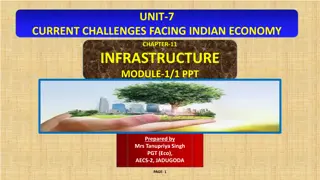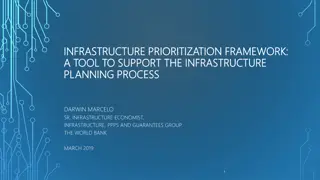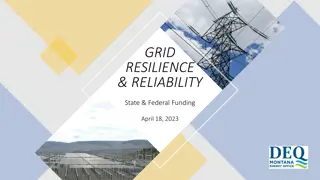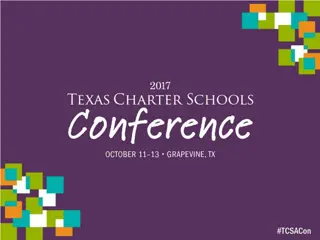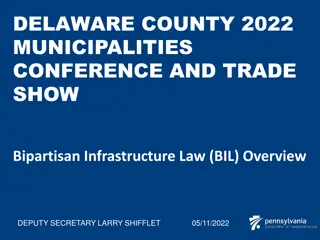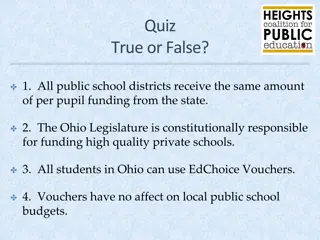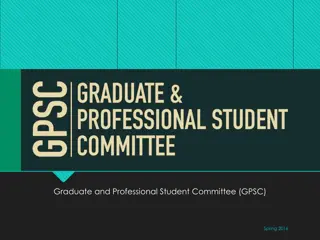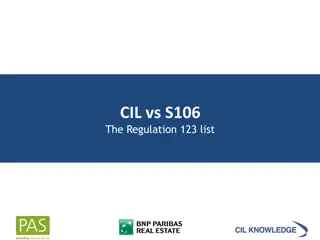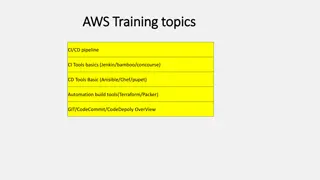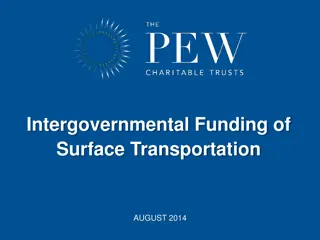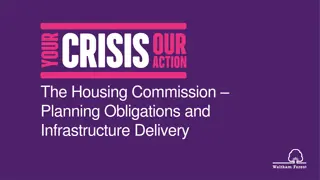Challenges and Funding in School Infrastructure Development
Small and rural schools face challenges in having adequate indoor spaces for school events due to outdated infrastructure. Funding models like 5YA and 10YPP aim to address maintenance needs, but there's a need to review and improve criteria for upgrades versus new builds to enhance school facilities effectively, especially in rural areas. Questions also arise regarding equitable funding for rural schools and liability issues related to school property maintenance.
Download Presentation

Please find below an Image/Link to download the presentation.
The content on the website is provided AS IS for your information and personal use only. It may not be sold, licensed, or shared on other websites without obtaining consent from the author. Download presentation by click this link. If you encounter any issues during the download, it is possible that the publisher has removed the file from their server.
E N D
Presentation Transcript
Questions Why are school upgrades and new builds not fit for purpose in small and rural schools? i.e. indoor spaces for assemblies, school gatherings for productions, prize givings, school exhibitions. Our model to calculate space entitlement is formula based, which means that some schools have not been able to have halls or multi-purpose spaces. We are reviewing this. Upgrades are being made through Ng iti Kahurangi, as shared by Wayne earlier. What is the criteria for a new build rather than a patch up job? How is this determined 5YA funding is used to maintain the school infrastructure and improve the teaching spaces. The10YPP planning process ensures you have a view of at least the next 10 years so you know where to prioritise your expenditure based on condition of the buildings, services and underground infrastructure. The decision to replace a building is based on a condition assessment and the cost to upgrade vs the cost of replacement (has been based roughly on 80% of rebuild cost). Implementing Te Haratau will help inform these business decisions. 1
Questions Due to the age of our school we seem to be continuously using our 5YA 10YPP funds to comply with heating, lighting, insulation, asbestos projects to name but a few. When will be able to create projects that address fixing concrete pathways, upgrading admin/foyer entrance areas, resealing asphalt on the courts, upgrading doors etc that add to the 'look good, feel good' attitude we all want. Areas around the kura still look shabby. The average age of the building stock across the country is over 40 years so the investment required is large. Accelerated Modernisation Funding (AMS) was introduced to top up the 5YA budgets to fund modernisation only (Priority 3). The 10YPP should look at 10 years of projects not just the first 5 years and be based on condition. The Property Adviser and consultant work with the school and board to identify all work, costs of repair and when the work has to be done. Supplementary funding is available for essential infrastructure work. If the outdoor areas are in such poor condition that it is beyond maintenance, then this should be explored further in the 10YPP talk to your Property Adviser. School Investment Package funding was made available to spend on nice to have projects. 2
Questions Rural schools need to be funded differently than roll size. Often rural schools have large grounds and older buildings. Rural schools also have extra costs for septic tanks and water systems. How and when will this inequity in resourcing be addressed? If a school has a project that exceeds the 5YA, then we can top up the budget to address essential infrastructure items. Schools have received additional AMS funding and School Investment Package funding. We are reviewing the funding model and considering the best way to fund maintenance and provide capital funding to schools. As described earlier we are trialling a new way of property planning that captures more detailed information on condition and the internal environment, and will provide better information on the costs to maintain and improve the property. 3
Questions Are we personally liable for any work done on school property even if both the contractor and the project managers have liability insurance? We have broken this down into two parts: 1. Matters relating to liability covered by an insurance policy held by contractor/ PM 2. Matters relating to liability under the Health and Safety at Work Act 2015. Matters relating to liability covered by an insurance policy held by contractor/ PM The Board is a body corporate, a legal entity separate from its members, officers, employees and the Crown. In general, liability for actions that the Board can be held responsible for will sit with the Board, not individual members. If a contractor / PM has insurance and has named the Board on the policy, this doesn t stop claims being made directly against the Board but it may address the financial costs if a claim were successful. Whether the financial costs are covered will depend on the nature of the claim and the terms and conditions of the insurance held. Matters relating to liability under the Health and Safety at Work Act 2015: Individual Board members and the principal are 'officers' under the Health and Safety at Work Act 2015 and as individuals are required to exercise due diligence to ensure the Board is meeting its health and safety obligations. They need to assure themselves the school has the appropriate policies, procedures and resources in place and to monitor them. For more information see Work Safe's FAQs: https://www.worksafe.govt.nz/managing-health-and-safety/getting-started/mythbusting-and-faqs/school- faqs/ It is illegal to insure against a fine or infringement fee imposed under Health and Safety at Work Act 2015. 4








